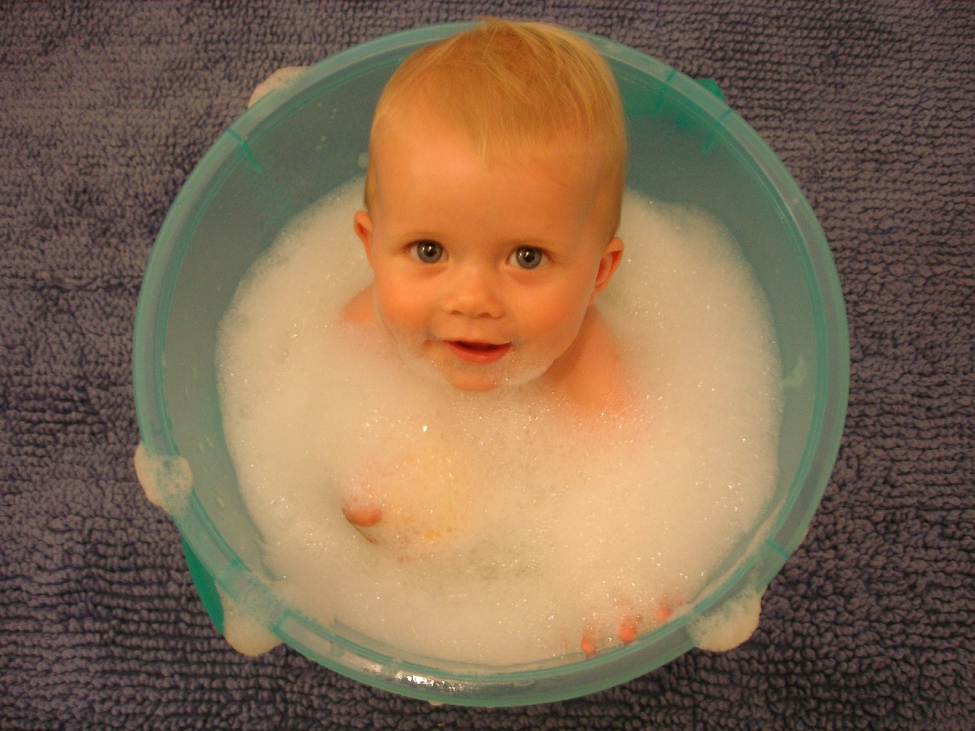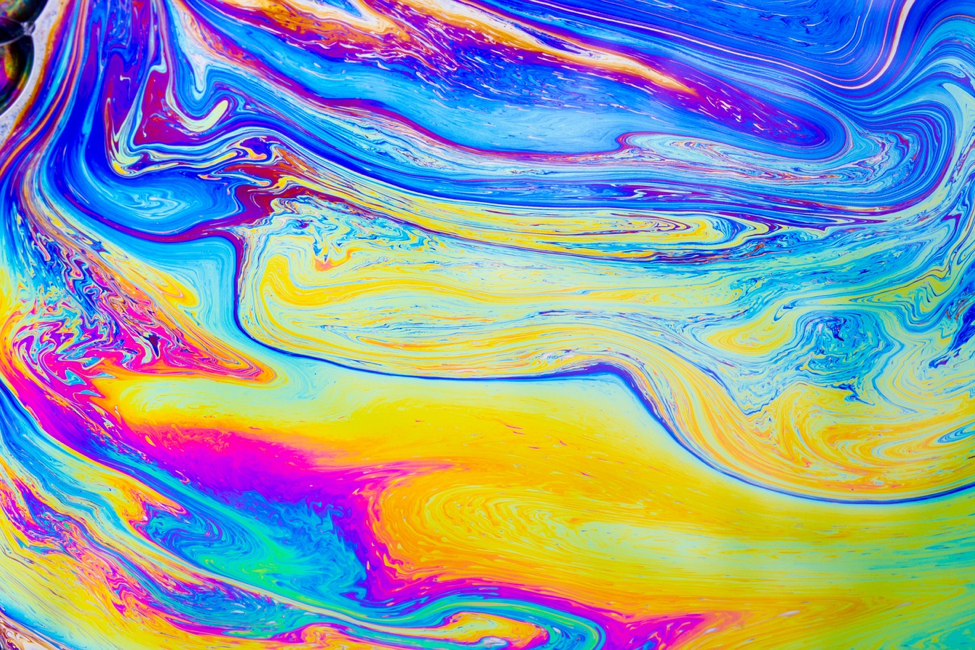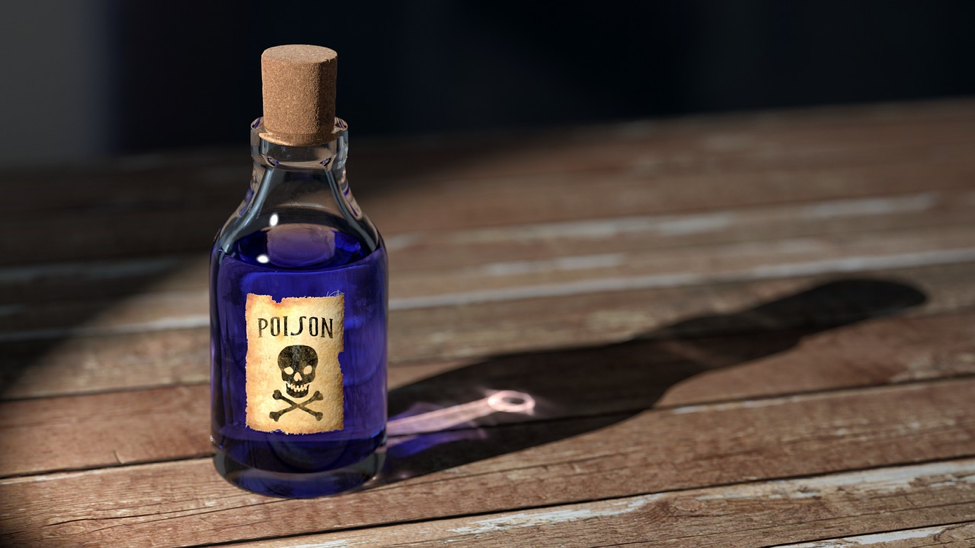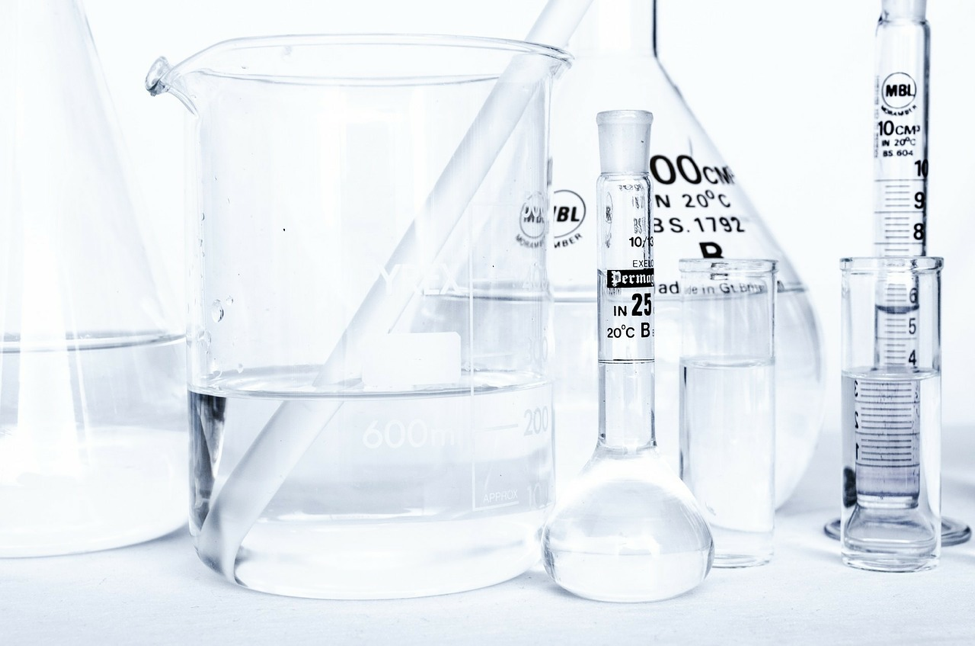5 Dangerous Ingredients Found in NonOrganic Baby Brands
Baby skin is so incredibly delicate.
For that reason, you’d think that baby product manufacturers would be extra picky about the ingredients used in baby soaps and shampoos.
Sadly, this is not the case.
Grocery store shelves are stocked with hundreds of baby products that claim to be safe, but are filled with toxins like parabens and formaldehyde.
Even more surprising, it’s not just the cheap generic brands that cut corners and fill their products with toxins.
As a mother, I’ve taken the time to read the ingredients on big-brand-name baby shampoos, bubble baths, lotions, etc., and I can tell you the chemicals I find in most products is downright alarming.
So, what should you be looking out for when selecting hygiene products for your baby or young child if you’re not already using organic baby products?
I personally have 5 main chemical ingredients that I avoid at all costs.
Keep reading to discover what those 5 dangerous ingredients are, and why you should stop buying products that contain them!
Dangerous Chemical #1 - Benzyl Acetate

If you’re are drawn to sweet, fruity-smelling bath products, you’re not alone.
After all, who doesn’t want their little one to smell like a fresh pear or a juicy apple after bath time?
The problem with these sweet-smelling products...they often contain a chemical called benzyl acetate.
Benzyl acetate is an organic compound. It is found naturally in many flowers, which is where it gets its sweet smell from.
However, the actual chemical found in hygiene products is the ester of benzyl acetate, which is formed by the condensation of benzyl alcohol and acetic acid.
In this form, benzyl acetate can be absorbed from the gastrointestinal tract (if a child gets product in his/her mouth), through the lungs (breathing the product in), and through contact with skin (being washed or coated in the substance).
If it’s ingested, it has the potential to…
- Cause internal burns.
- Stimulate convulsions.
- Induce diarrhea and vomiting.
When inhaled, it can cause…
- Burning.
- Confusion.
- Dizziness.
- Drowsiness.
- Labored breathing.
- Sore throat.
And, when it comes in contact with skin, it often...
- Dries out the skin.
- Causes redness or irritation.
All of these symptoms are incredibly dangerous, especially for infants.
Dangerous Chemical #2 - BPA
 BPA is an industrial chemical that is most often used to create plastics and resins.
BPA is an industrial chemical that is most often used to create plastics and resins.
This specific chemical is not necessarily going to be found in a baby products ingredient list. However, you should be able to tell whether the product container contains the chemical.
Why does it matter if BPA is in the container and not in the product itself?
BPA can seep from plastic materials into the product that’s being stored inside the container.
This is common, especially for bottles of product that spend years sitting in warehouses or on shelves.
BPA is a concern, as it has been proven to negatively affect brain growth, behavioral development, and prostate gland growth of fetuses, infants, and children.
My general rule of thumb is to read the containers of the products I buy. If the outside of the bottle says the container is BPA-free, then I know the container is safe.
Dangerous Chemical #3 - Parabens

Since the 1950s, product manufacturers have been using parabens--a chemical additive--as a means to preserve products.
However, in the 90s, it was discovered that parabens are xenoestrogens that mimic natural estrogen chemicals found in the body.
Clearly, added estrogen isn’t healthy for anyone, and has been linked to hormonal imbalances and dangerous cancers such as breast cancer.
If we know this, why do manufacturers still include the ingredient in their products?
The answer is simple...to improve their bottom line.
Because parabens are preservatives, they give products an unnaturally long shelf life.
Expanded shelf lives then reduce the number of products that have to get thrown out due to expiration dates, saving the product manufacturer tons of money.
Regulations have been placed on the number of parabens used in a product.
That being said, any extra dose of hormone-mimicking chemicals--even if seen as ok by the government--isn’t safe or healthy.
Dangerous Chemical #4 - DEET

We’ve come a long way from the 70s--a time when we’d lather DEET-filled products all over our bodies because the dangers of using this chemical were still unknown.
That being said, there are still many products--including children's products--that contain the harmful chemical. Most commonly, you’ll find it in children’s bug sprays.
While many companies claim that DEET is safe, DEET toxicity is no joke.
Sadly, every year parents call into the poison control center to report cases of…
- Headaches
- Tremors
- Lethargy
- Seizures
- Convulsions
...after using a product that contains a government-approved level of DEET.
If you’re still using products that contain DEET and you’re using them on or around children, I highly encourage you to find a natural alternative.
Dangerous Chemical #5 - Formaldehyde

Formaldehyde--yes, the same chemical used to preservative dead bodies--is another widely used chemical that is often found in bath and body products.
Like parabens, it’s used to increase the shelf life of products to reduce waste.
Formaldehyde in low doses isn’t actually harmful. In fact, our own bodies produce the chemical as we need it to survive!
That being said, too much of anything is never good and can cause imbalances.
And, when your bodies experiences an overload of formaldehyde via chemical-filled bath and body products, your body is going to send an SOS signal that something's not right.
In terms of formaldehyde overexposure, the body tend to respond with...
- Watery eyes.
- Burning sensations in the eyes, nose, and throat.
- Coughing.
- Wheezing.
- Nausea.
- Skin irritation.
For some full-grown adults, all it takes is a few showers while using products with formaldehyde for a reaction to occur.
Now imagine what could happen with the same dose of formaldehyde on a 15-pound baby that has a sensitivity to the chemical.
The goal of this post isn’t to scare you. My goal is actually to educate.
It’s so important for me as a mom to help other parents understand that there are safe, natural, and organic baby product alternatives--and they aren’t hard to find or overly expensive.
More important, I promise, they smell just as great and work just as well as any unnatural product on the shelf.
If you’re looking for organic, natural baby and child products, my online store has a wide selections of soaps, shampoos, lotions, sunscreens, and more!
I invite you to take a look to see if anything peaks your interest.
Shop Pure Modern Living Organic Baby and Child Products here.
I wish you and your family many years of happiness and health.
Recent Posts
-
Chicken with Artichokes and Mushrooms
Looking for fast, delicious meals for your family? Chicken with Artichokes and Mushrooms is a …Apr 19th 2022 -
Top 10 Must-Have Spring Cleaning Products
Spring is just around the corner! That means it's time to open the windows, let the fresh air in, an …Mar 2nd 2022 -
Natural Cold Remedies
Nobody wants to be stuck sick at home. If you’ve got a cold and need a solution to feel better from …Feb 18th 2022




